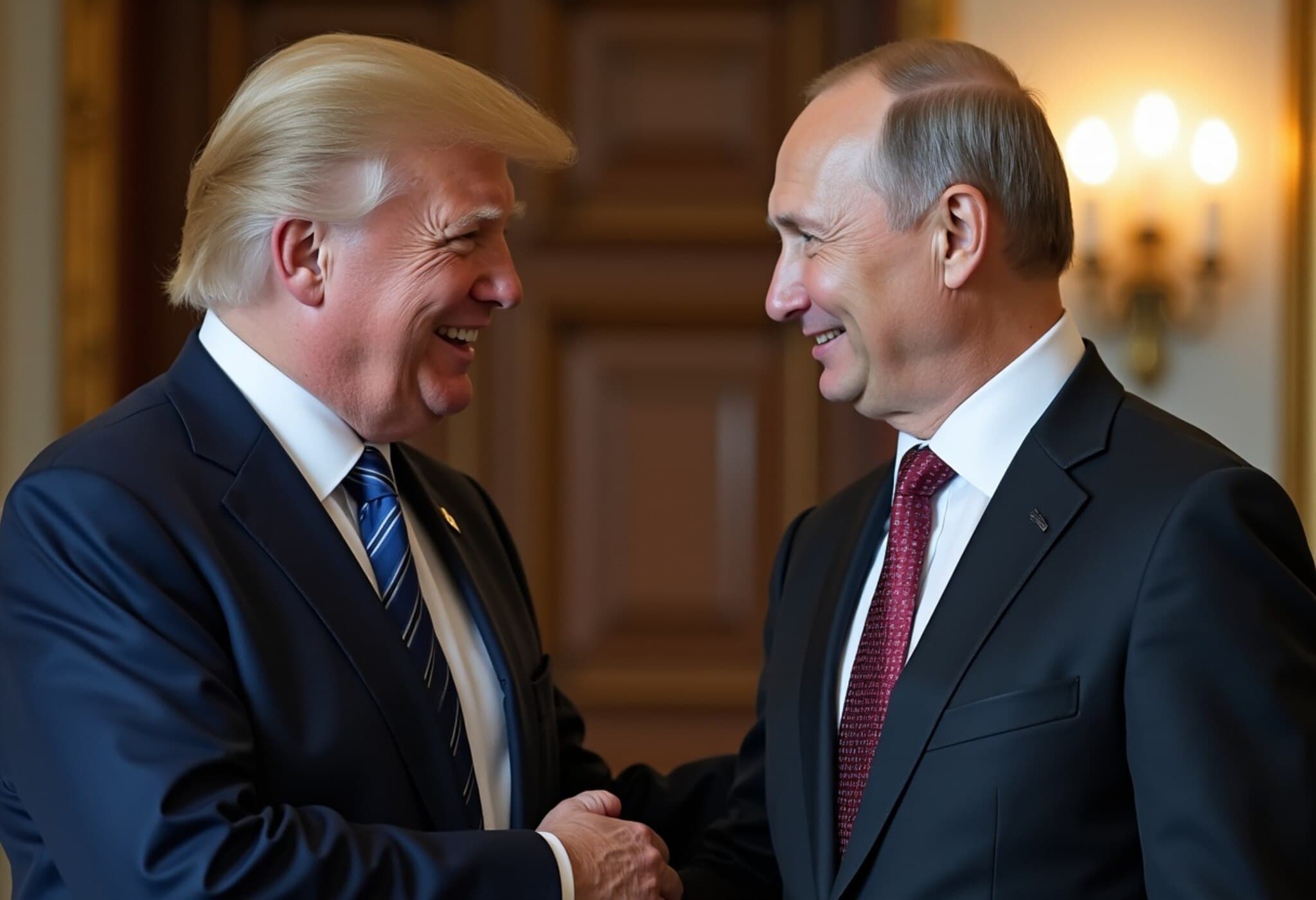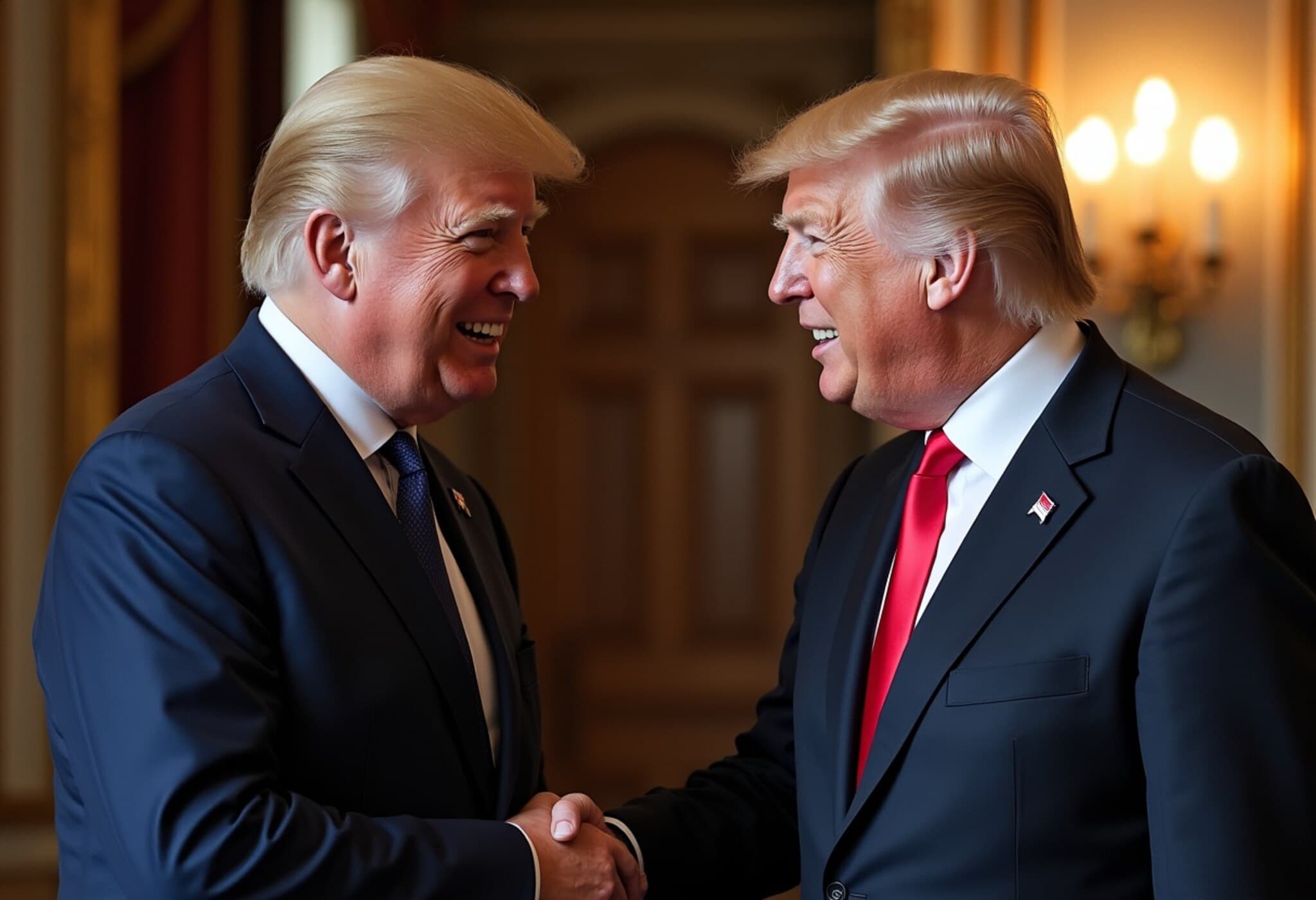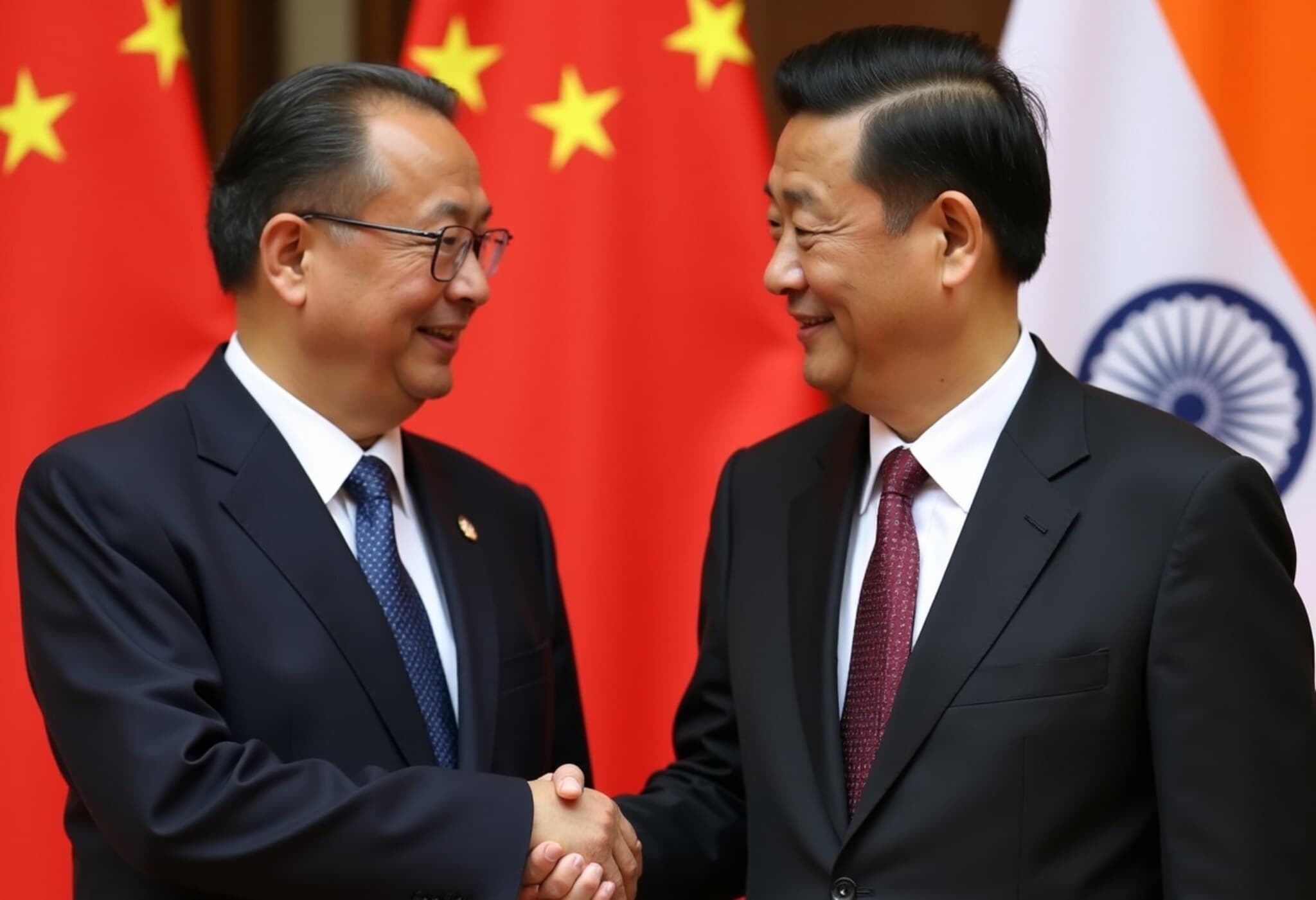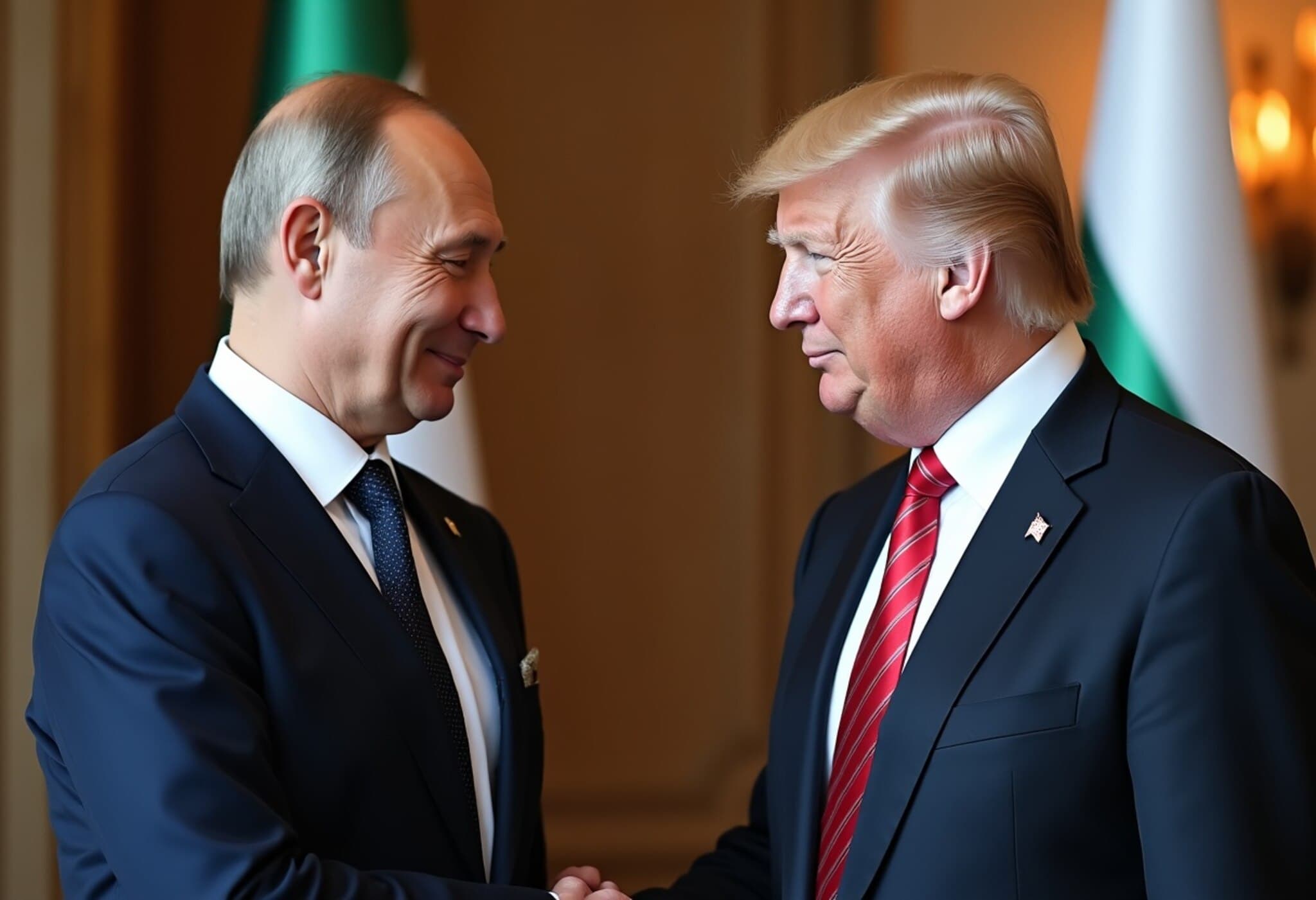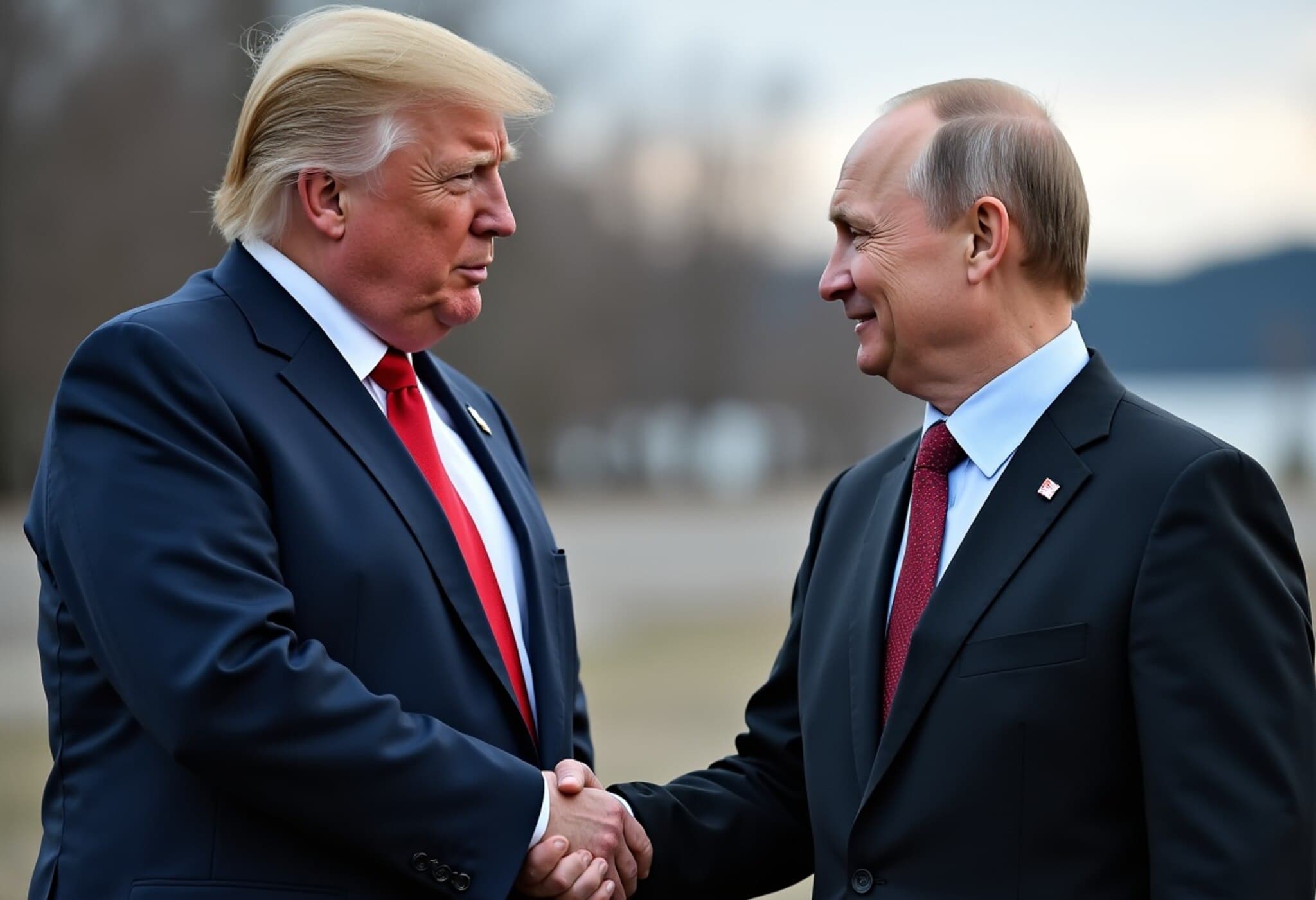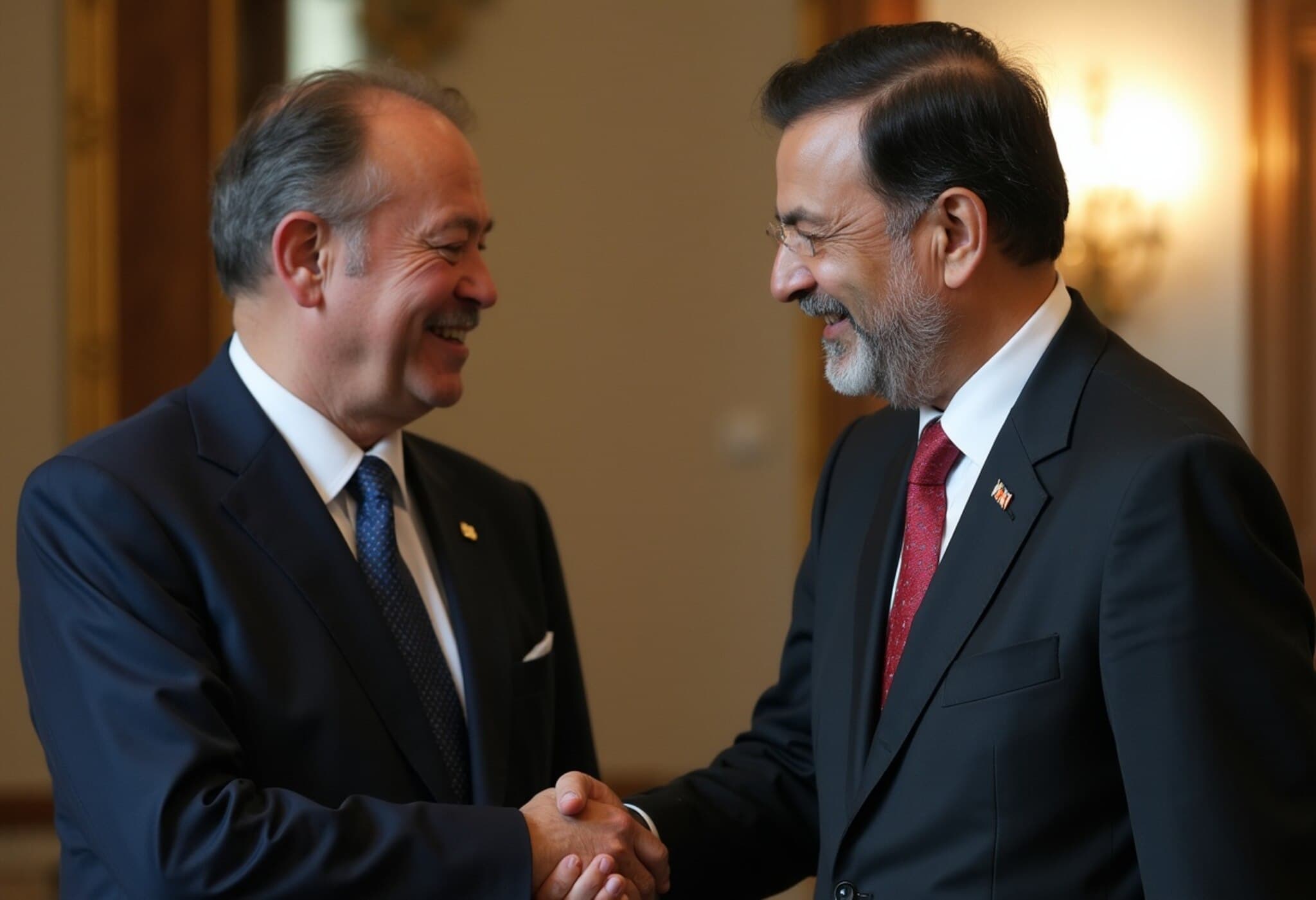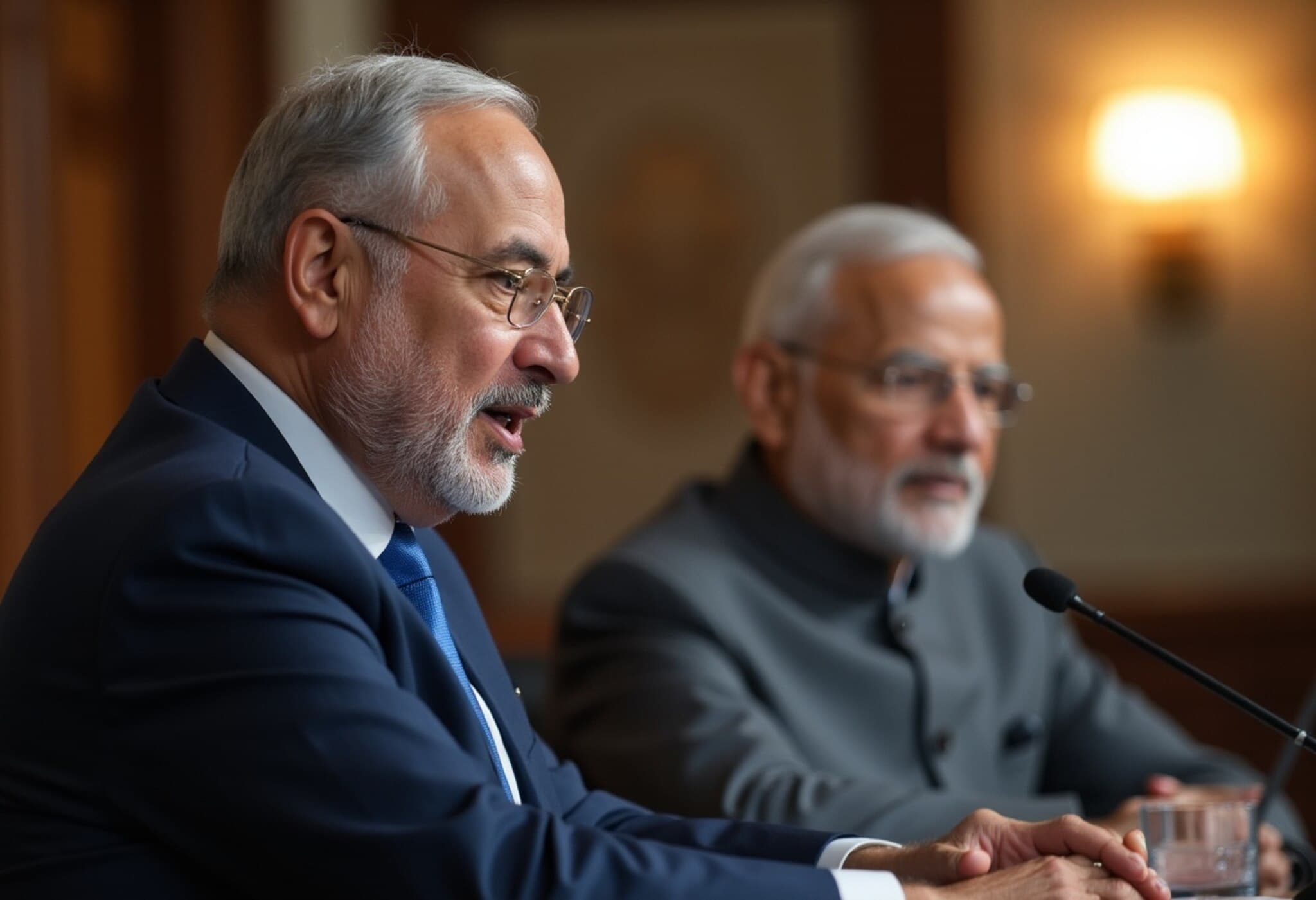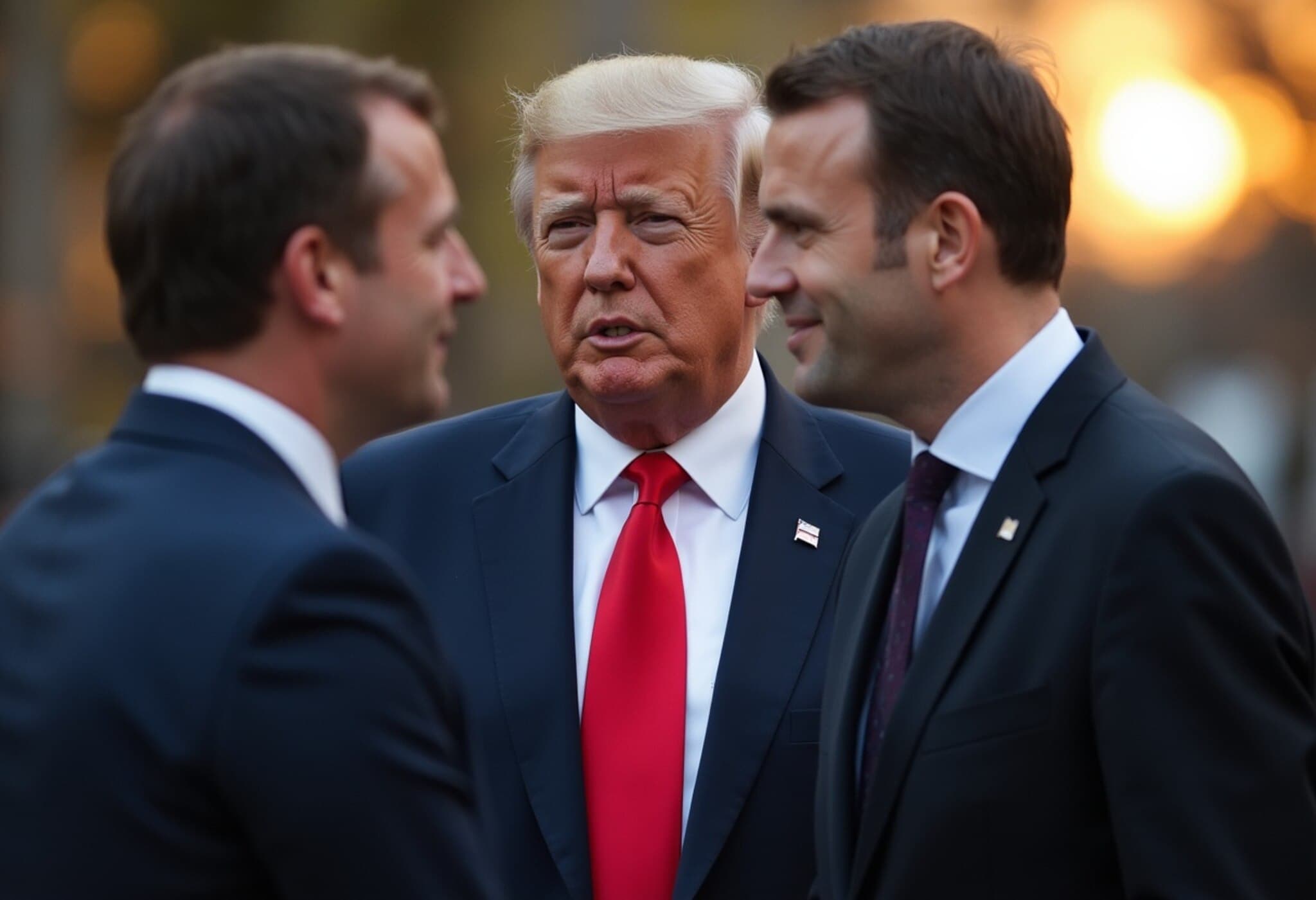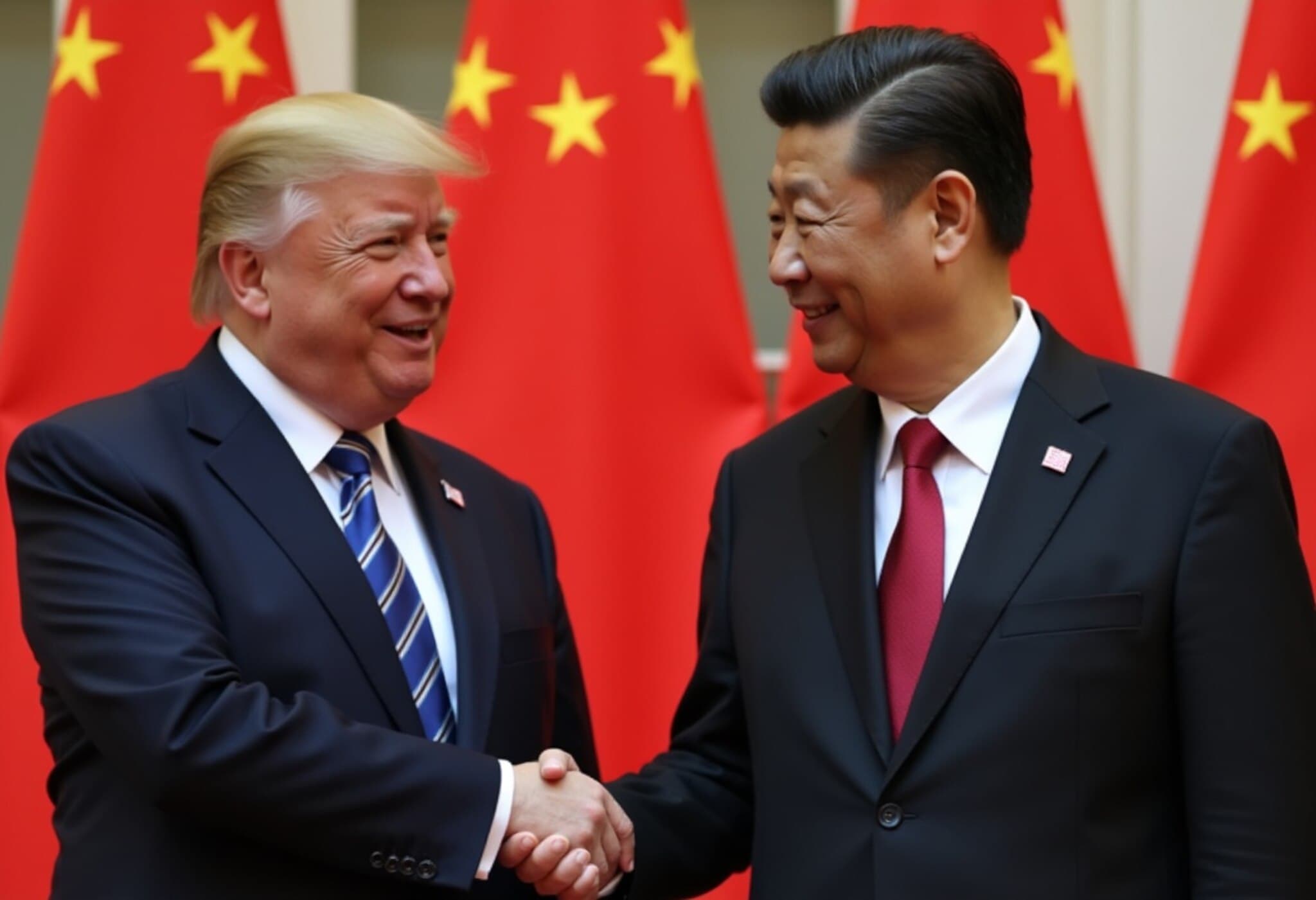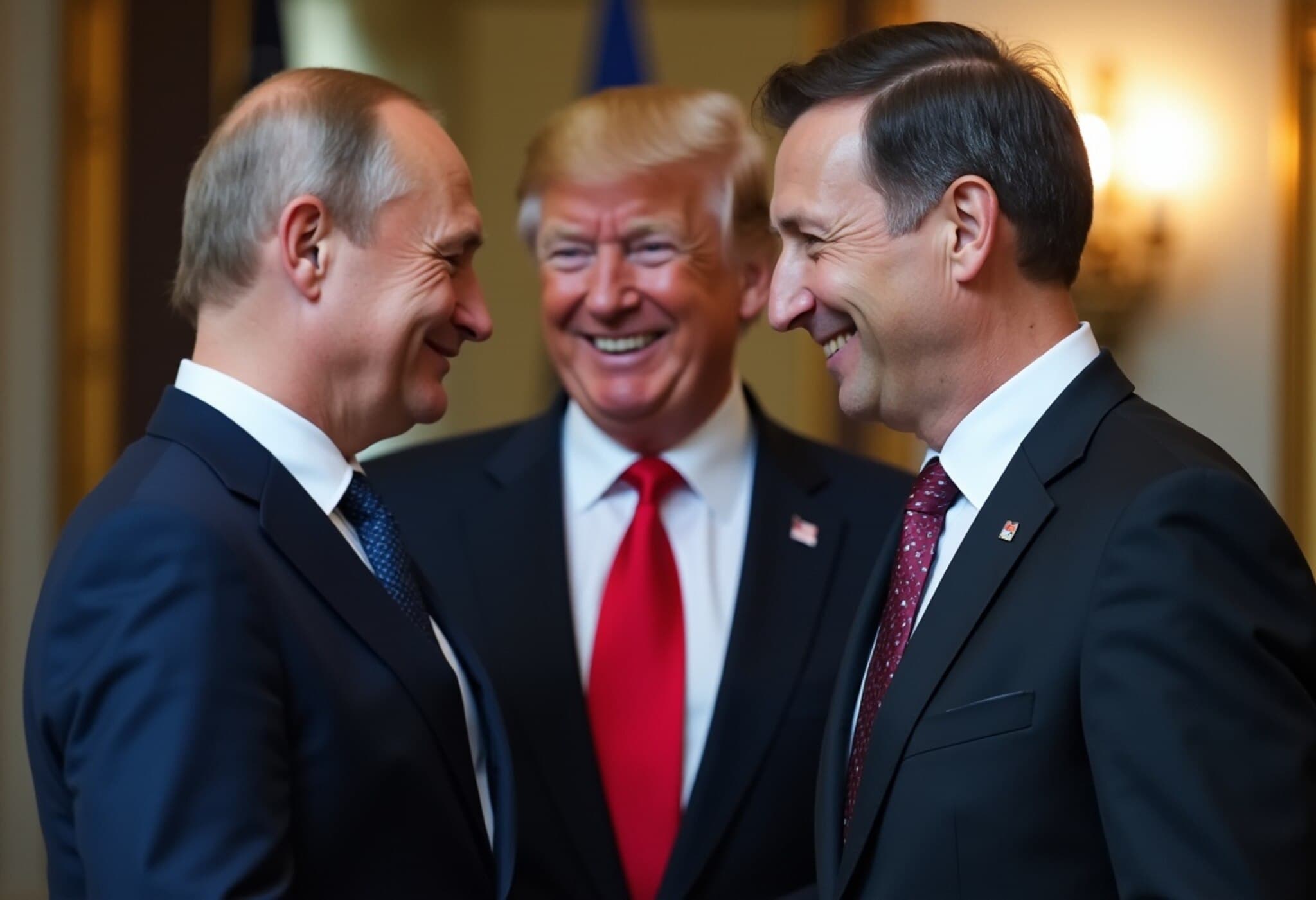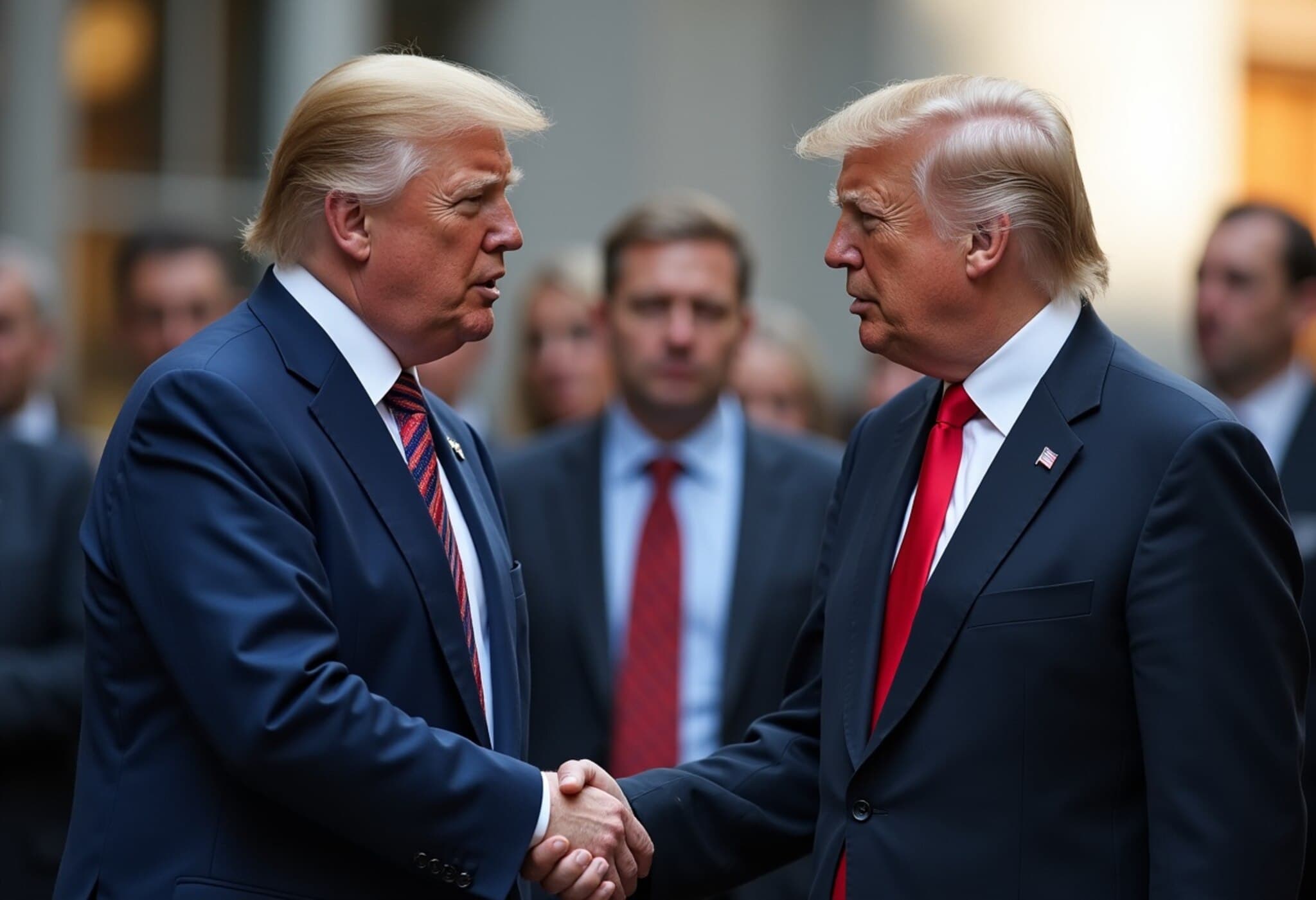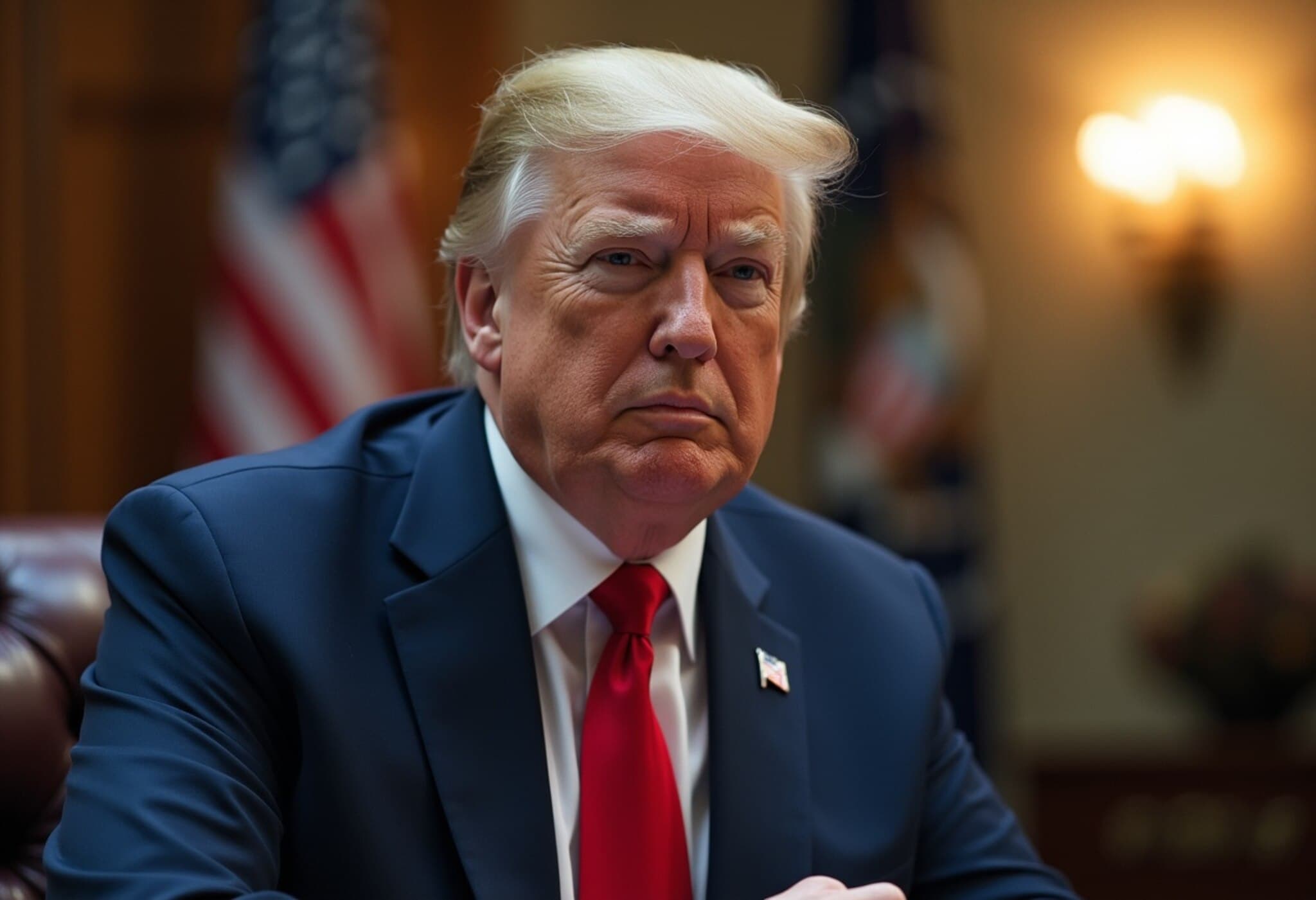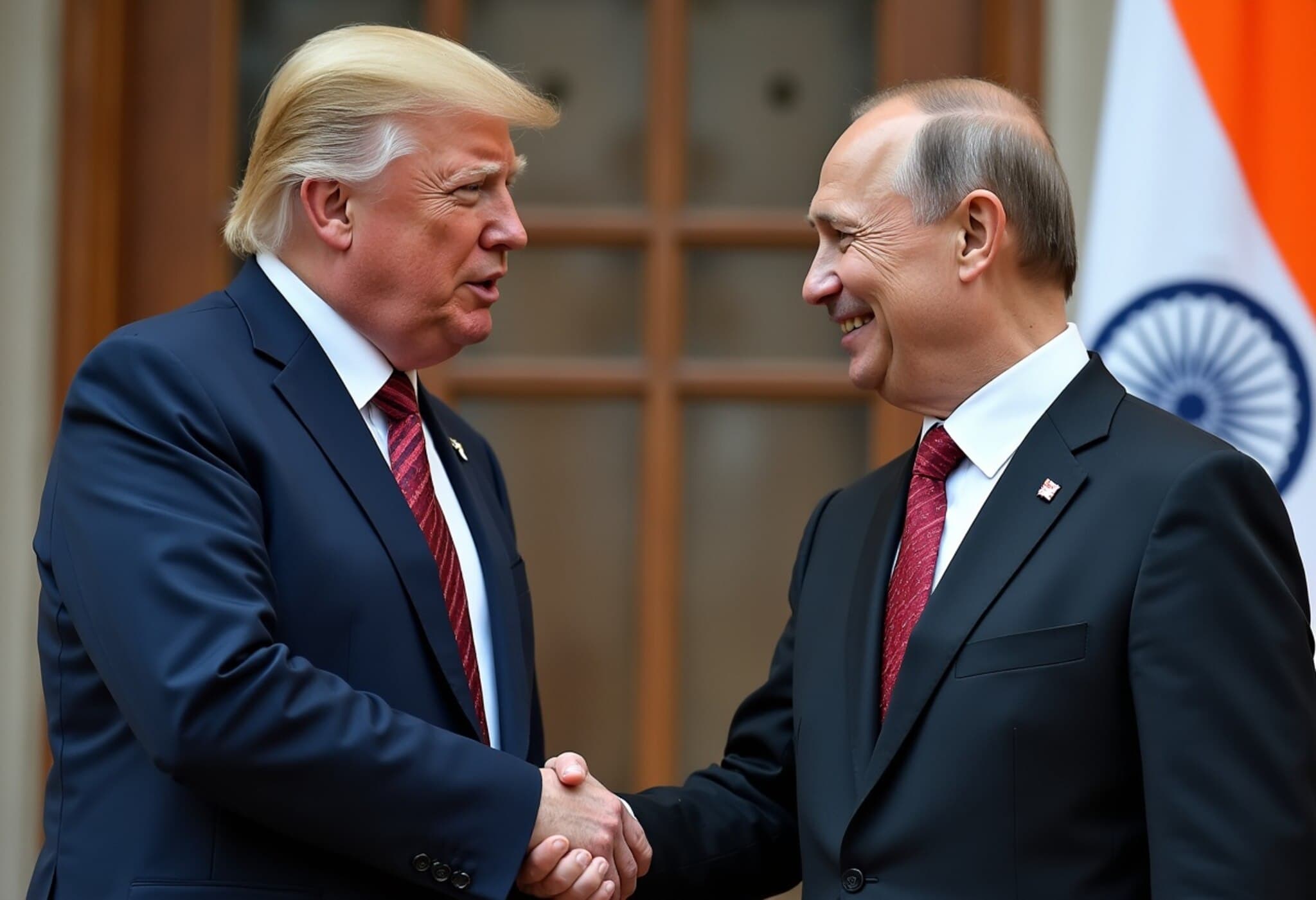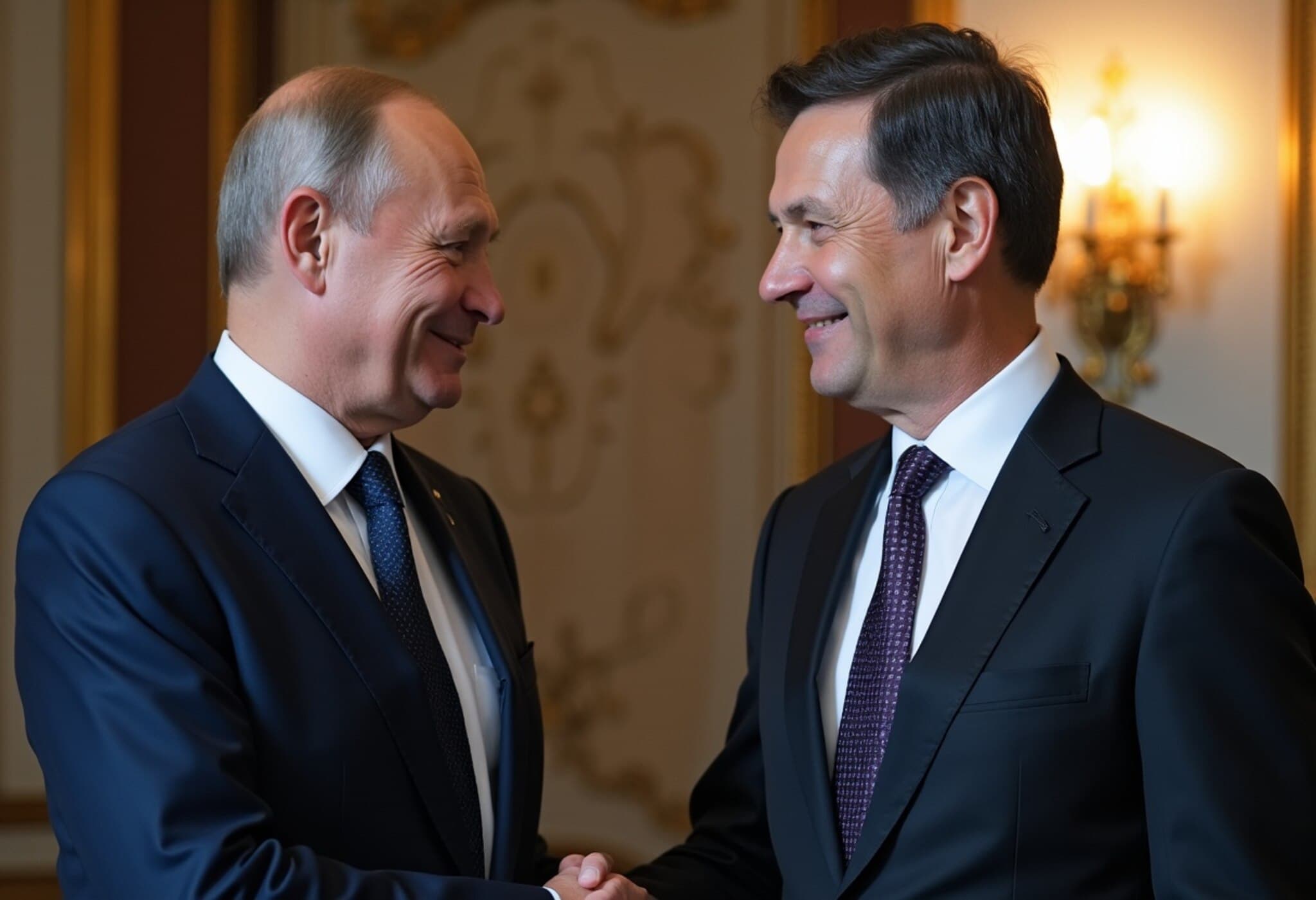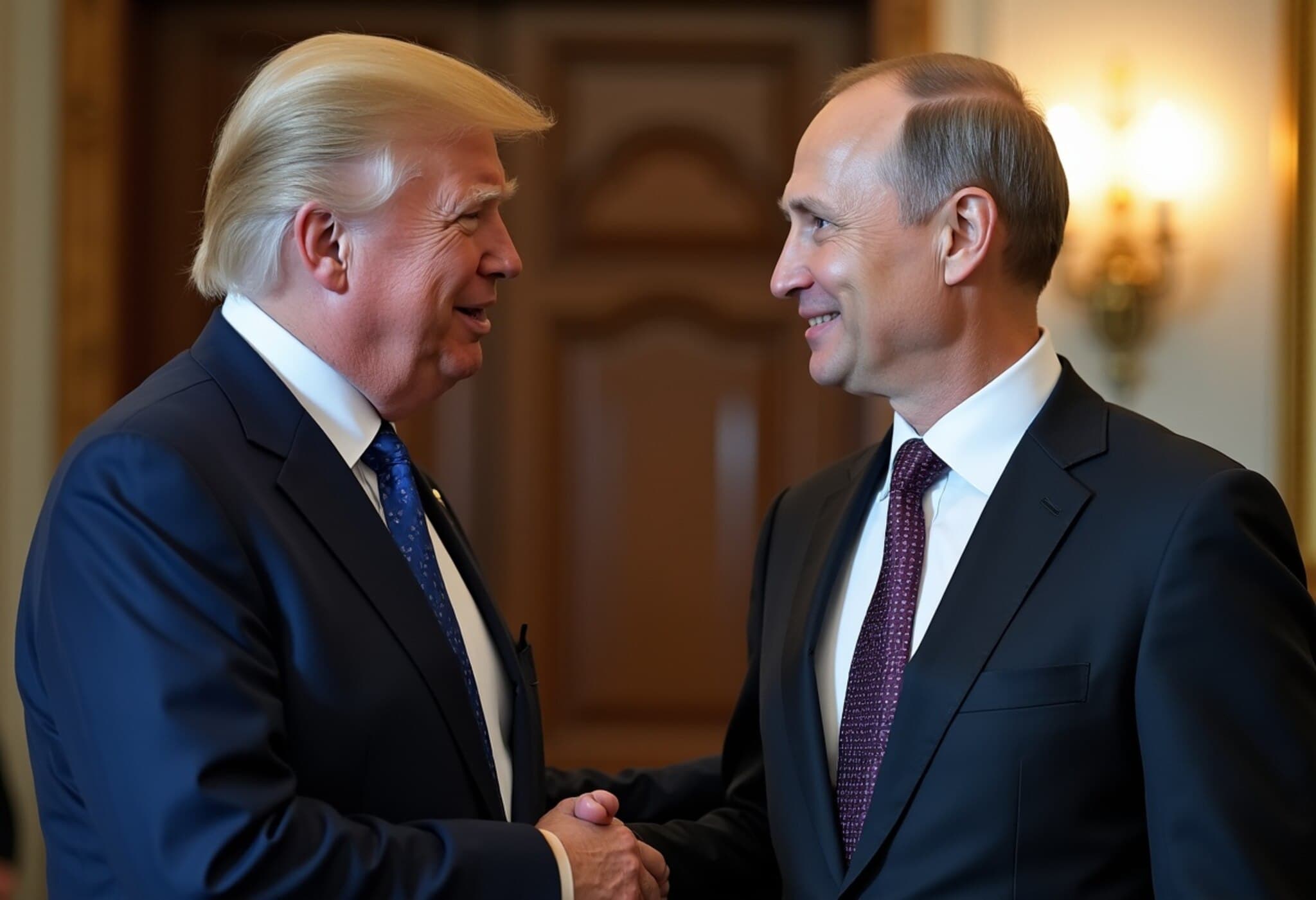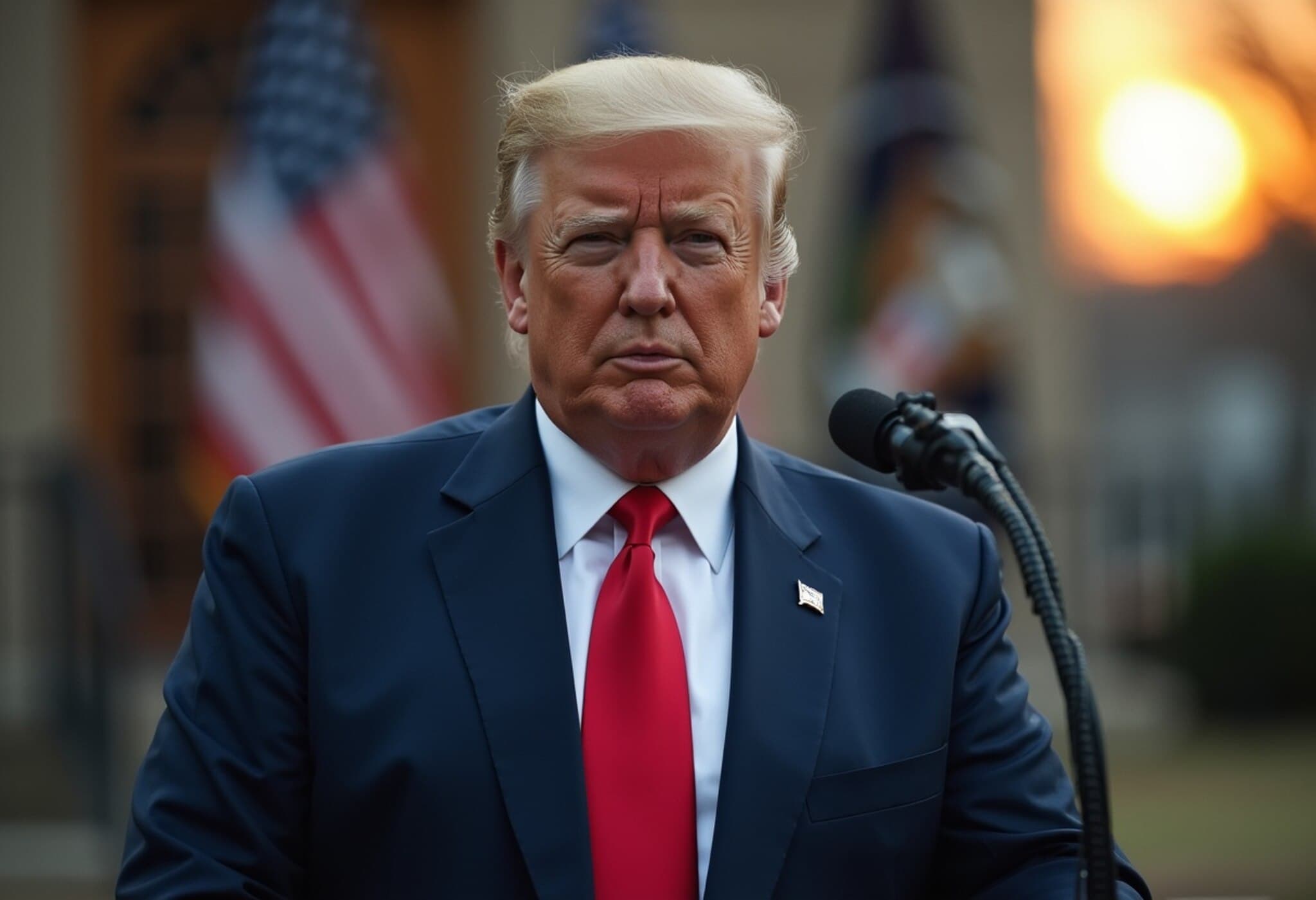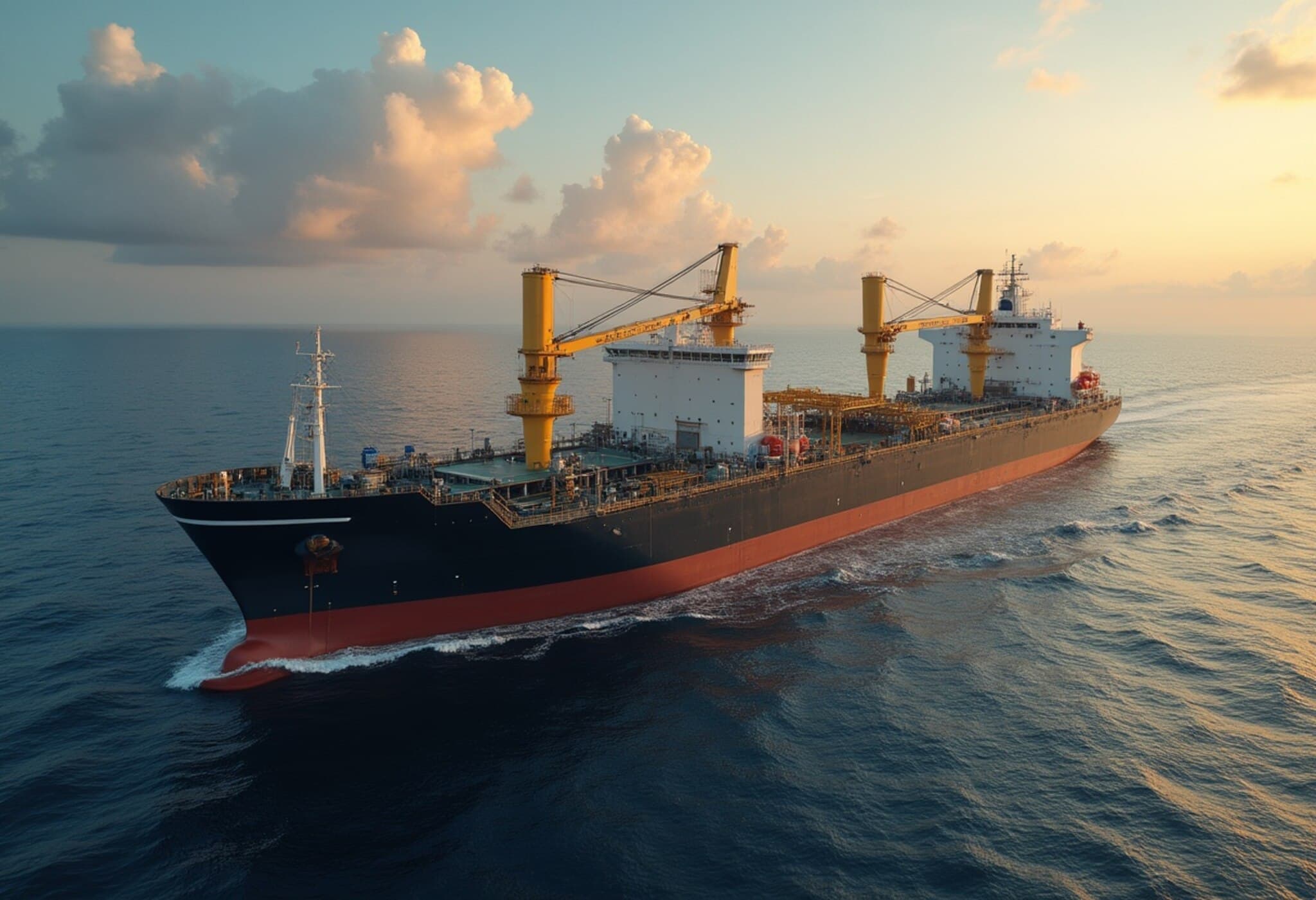Trilateral Summit on Ukraine: Diplomatic Breakthrough or Political Theater?
In an unexpected diplomatic development fueling global intrigue, former U.S. President Donald Trump has expressed a willingness to meet Russian President Vladimir Putin, with the possibility of Ukrainian President Volodymyr Zelenskyy joining the discussions. This proposed trilateral meeting could mark a historic moment in efforts to resolve the protracted conflict in Ukraine, which has reshaped international relations since 2022.
Signs of Progress Amid High Tensions
Trump’s recent statements signal an opening for face-to-face talks as early as next week, a move that Washington officials and Moscow both acknowledge with cautious optimism. Following a productive meeting in Moscow between Putin and Trump’s special envoy, Steve Witkoff, the Russian side described exchanges as “useful and constructive,” while Trump noted that there was a very good chance that the conflict’s end could be on the horizon.
“We had some very good talks with President Putin today,” Trump told reporters. “There’s a very good chance that we could be ending – the ending, the road ending, the end of that road.”
Diplomatic Logistics and Challenges Ahead
The White House confirmed Moscow’s interest in holding a summit and disclosed that multiple venues are under consideration, including the United Arab Emirates. Discussions are ongoing about the format, whether it will be a trilateral meeting involving all three leaders or separate bilateral talks.
White House Press Secretary Karoline Leavitt indicated readiness for separate dialogues with both Putin and Zelenskyy, noting that Trump is open to any arrangement that might pave the way for peace. However, Kremlin foreign policy adviser Yuri Ushakov stated that further steps depend on Witkoff’s comprehensive report.
Economic Pressure as a Lever for Peace
Amid these diplomatic overtures, the United States is intensifying economic sanctions on Russia to exert additional leverage. Recently, Trump announced a hike in tariffs on Indian imports by 25%, raising total duties to 50%, due to New Delhi’s ongoing purchase of Russian oil. The administration has warned that similar sanctions could soon target China.
- Friday deadline: Implementation of new secondary sanctions targeting entities trading with Russia.
- Possible expansion: Tariffs and trade restrictions may extend to other countries engaging economically with Moscow.
This strategy underscores the U.S. commitment to isolating Russia economically while encouraging global partners to reconsider their engagements.
Putin and Zelenskyy: Tentative Opening for Dialogue
In Moscow, Putin expressed openness to meeting Zelenskyy, though he emphasized that “certain conditions must be created” beforehand, indicating that the environment is not yet ripe for immediate talks. Zelenskyy remains cautiously optimistic, acknowledging that increased international pressure has nudged Russia towards considering a ceasefire, yet insists on vigilance to avoid being misled.
“The pressure on them works,” Zelenskyy said in a recent nightly address. “But the main thing is that they do not deceive us in the details—neither us nor the US.”
This dynamic reflects the complex interplay of diplomatic gestures and strategic posturing characterizing the conflict's current phase.
Historic Significance and Regional Implications
If the trilateral summit materializes, it would mark the first high-level engagement involving a former or sitting U.S. president with the leaders of both Russia and Ukraine since the war began. Such a meeting could shape the trajectory of the conflict at a critical juncture by potentially fostering ceasefire agreements or laying groundwork for comprehensive peace negotiations.
However, analysts caution that the move carries significant political risk. Negotiations with Moscow and Kyiv have historically been fraught with mistrust, and the involvement of Trump— a polarizing figure both domestically and internationally—adds layers of complexity.
Expert Analysis
International relations expert Dr. Elaine Carter observes, “Any diplomatic initiative involving these three leaders must navigate deep-seated skepticism on all sides. The real challenge lies not merely in setting up a meeting but in translating dialogue into durable solutions that respect Ukraine’s sovereignty while addressing Russian security concerns.”
Economic policy analyst James Lin highlights the emerging role of economic sanctions as a decisive factor: “The tightening of tariffs and secondary sanctions could be the leverage needed to bring Russia to the negotiating table, but they also risk escalating tensions if not paired with genuine diplomatic engagement.”
What’s Next?
The coming weeks will be pivotal. Observers worldwide are watching closely to see if the proposed summit proceeds and what concessions or frameworks might emerge. The international community faces critical questions:
- Can the meeting overcome entrenched distrust to advance peace?
- Will economic sanctions effectively pressure Russia without deepening geopolitical divides?
- How might U.S. domestic politics influence the durability of any agreement?
As the world holds its breath, this trilateral dialogue represents not just a potential turning point for the Ukraine conflict but a litmus test for the future of global diplomacy in an era marked by complex security challenges.
Editor’s Note
The prospect of a Trump-Putin-Zelenskyy summit underscores a rare window for diplomacy amid enduring conflict. While optimism is warranted, history cautions us to temper hopes with realism. The true measure will be whether talks translate into concrete actions that protect civilians, uphold international law, and foster lasting peace. Readers are encouraged to follow these developments with a critical eye on both political narratives and underlying strategic interests.

